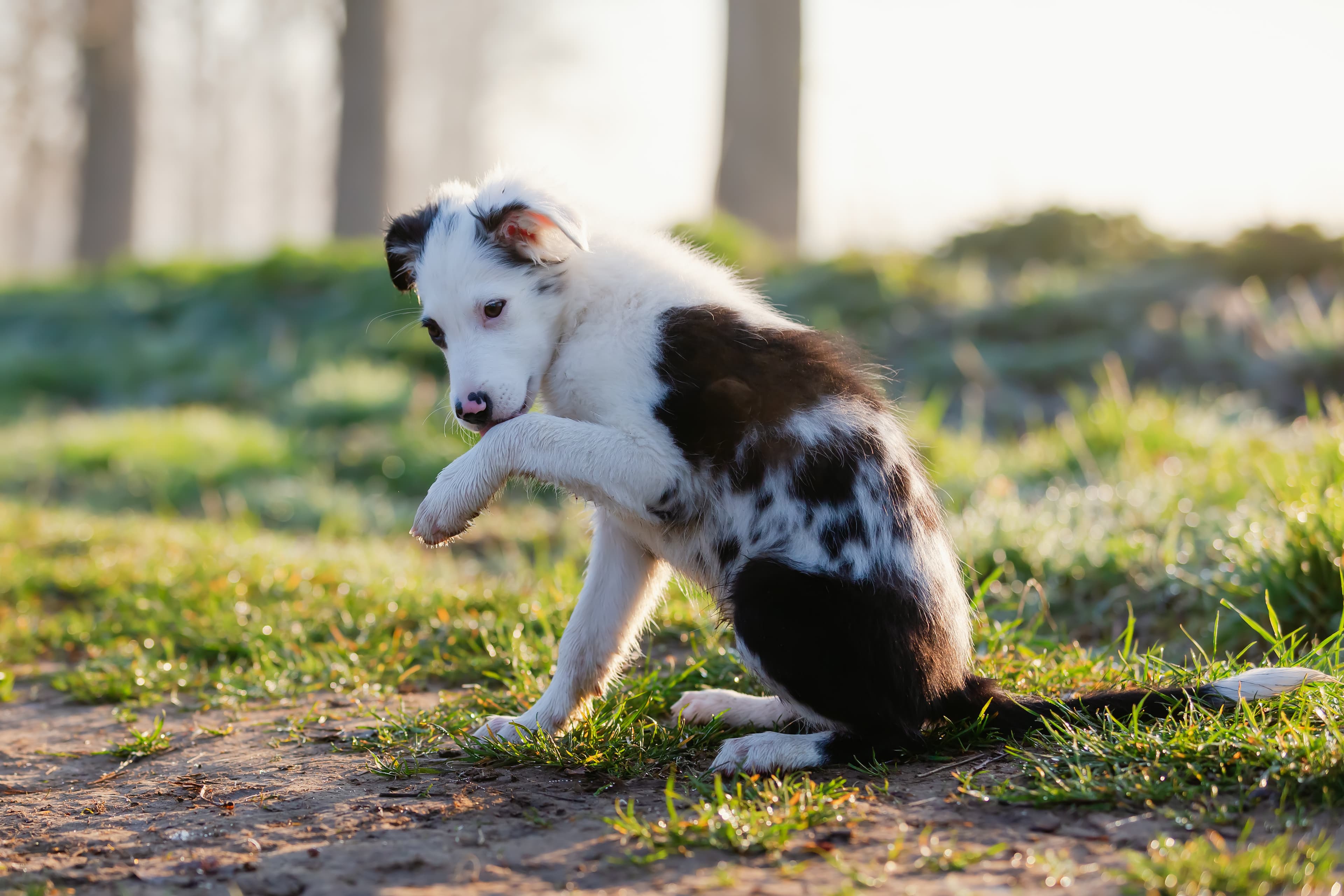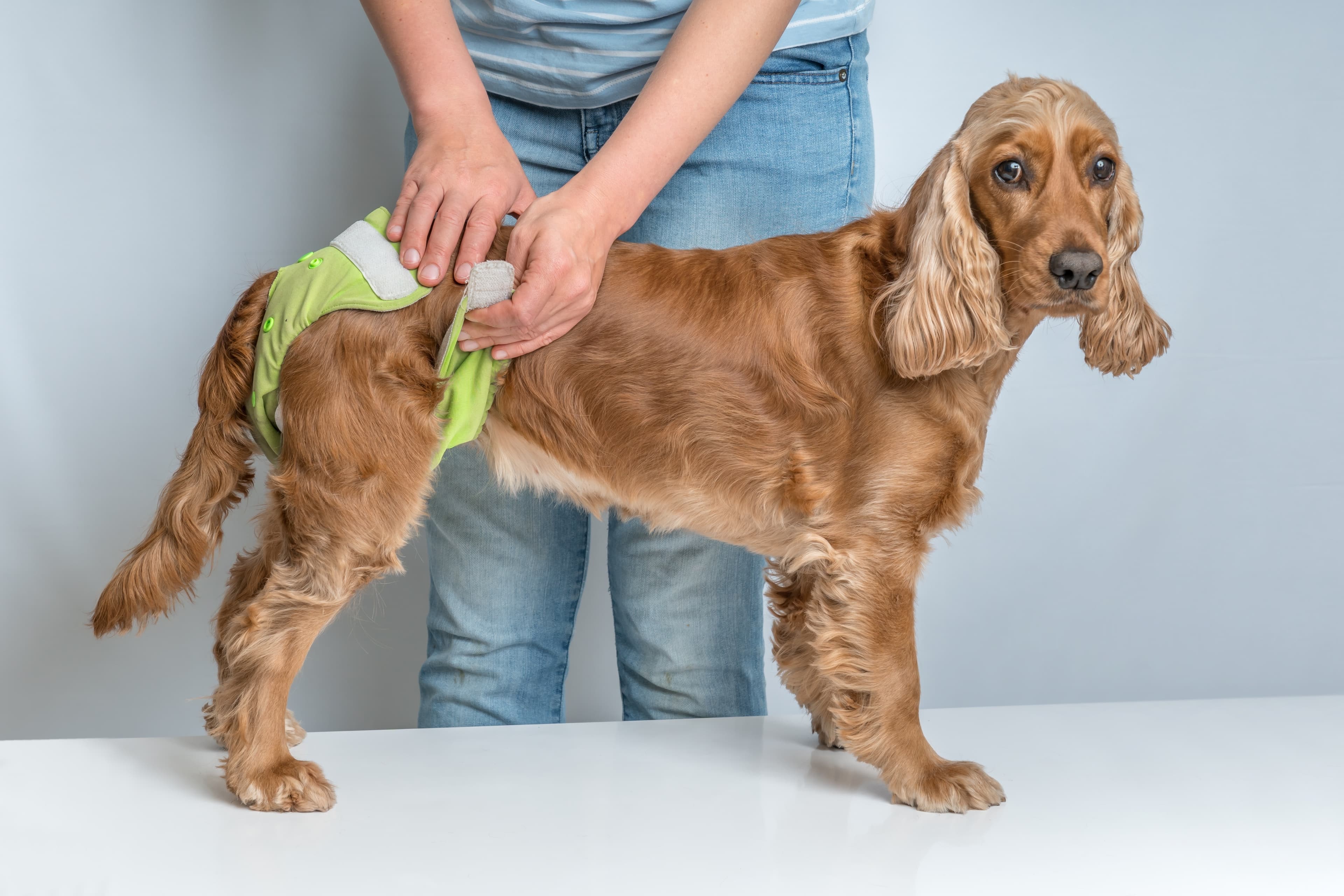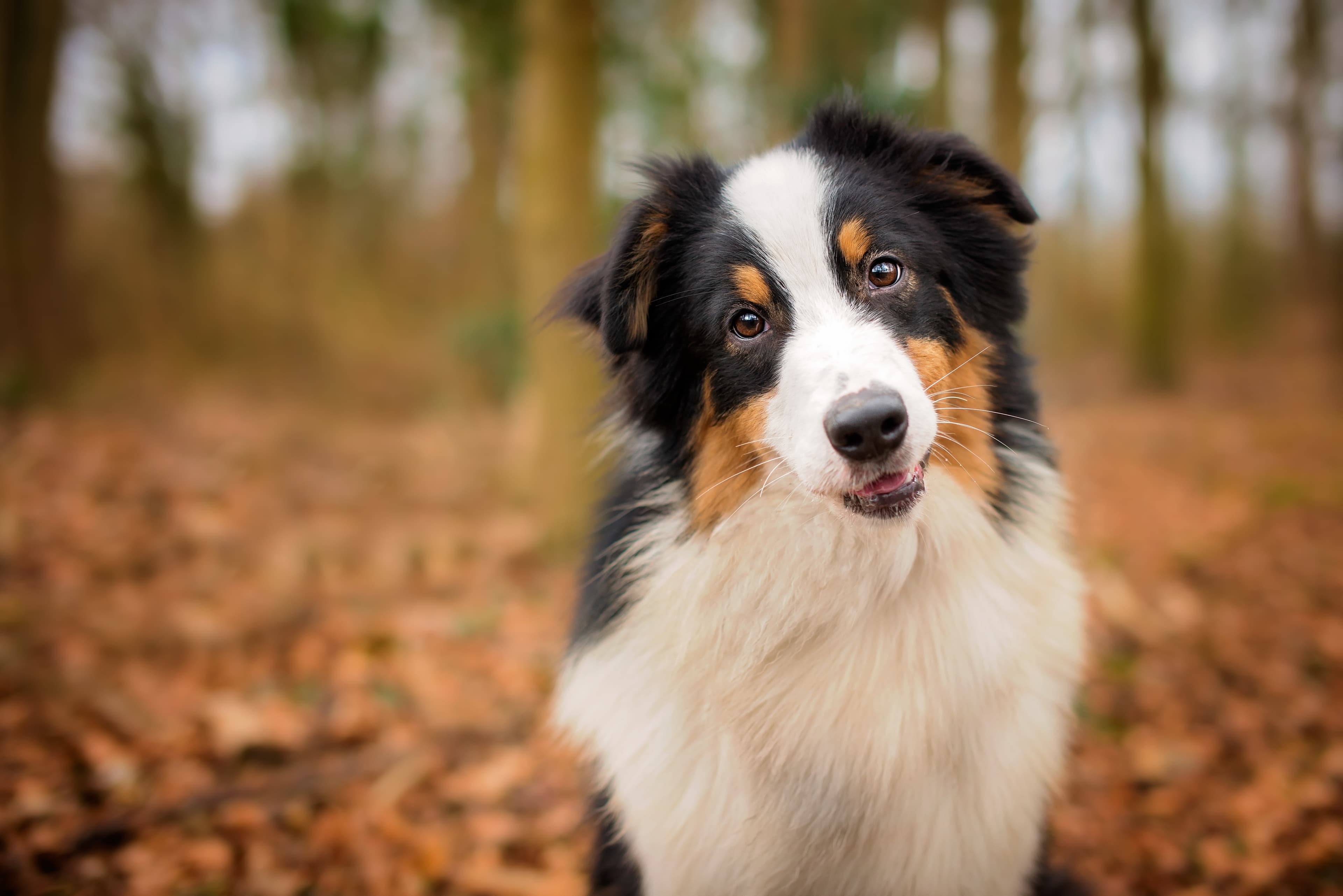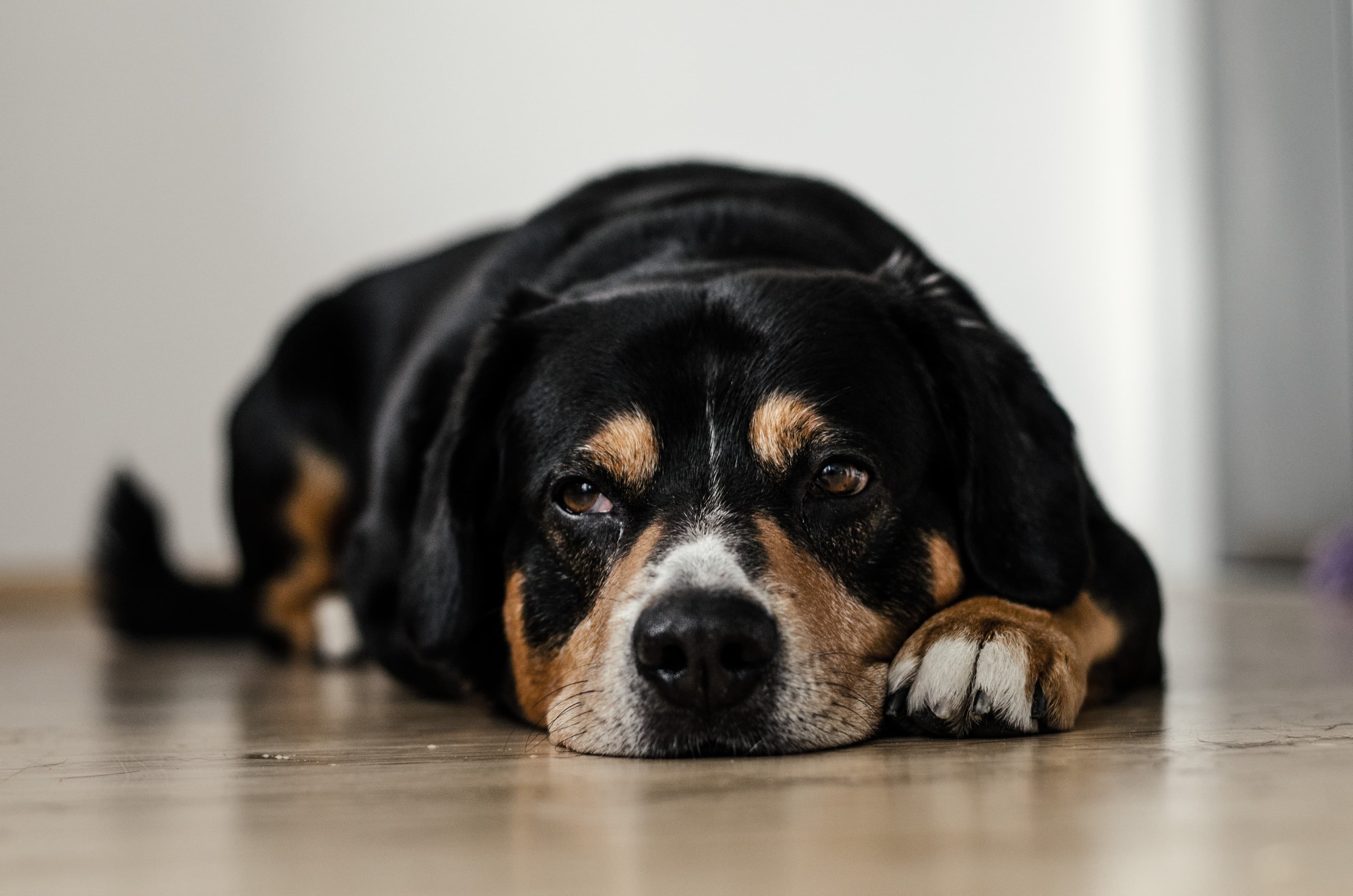An injured paw can cause lameness
The dog's paws are obviously very important to the dog as they rely on the paws to walk, run and play. Therefore, as you can imagine, problems with the paws can be very difficult for your dog. An injury to the dog's paw can be a cause of a limp.
If you have a dog with a limp, you should always take it seriously, as lameness is always a sign of pain. Another symptom of a damaged paw is that the dog is holding up its paw.
Damage to the paw
If you suspect that your dog has a paw injury, you can start by taking a closer look at the dog's legs and paw yourself. Do you see any cuts or scratches? Look at the paws, do the claws and pads look normal? A prick or thorn between the paw pads can cause your dog pain and lameness.
If your dog has a wound on his paw, it may cause him to lick his injured paw. If you notice your dog licking its paw, you need to put a recovery cone on it, otherwise there is a high risk of the area becoming inflamed or an infection developing in the wound.
Claw damage
In cases where you notice a claw injury, you should try to get a good look at the claw and claw neck. If the entire claw is gone and only the pulp is visible, you should give the dog's paw a daily wash with soap and water and use a recovery cone. It is a good idea to protect the paw outside with some form of protective shoe to prevent dirt but to let the claw air inside, if the dog is in pain a vet will need to examine the dog, sometimes pain medication and possible intervention is needed.
If the dog won't let you look at the paw or wash it and you see chips of the claw or the claw capsule is crooked, you need to see a vet. The injury is usually not so acute that you need to seek help at night, make sure the dog can't reach to lick the paws and visit the vet the next day.
Handling of the paws
To make the day easier when you may need to look at your dog's paws more closely, it's a good idea to start practising handling with your dog early. Get your dog used to you feeling the dog, looking at the dog's paws, feeling the legs and so on. Remember to take it easy, be patient and always give the dog positive rewards and lots of praise when practising handling.






